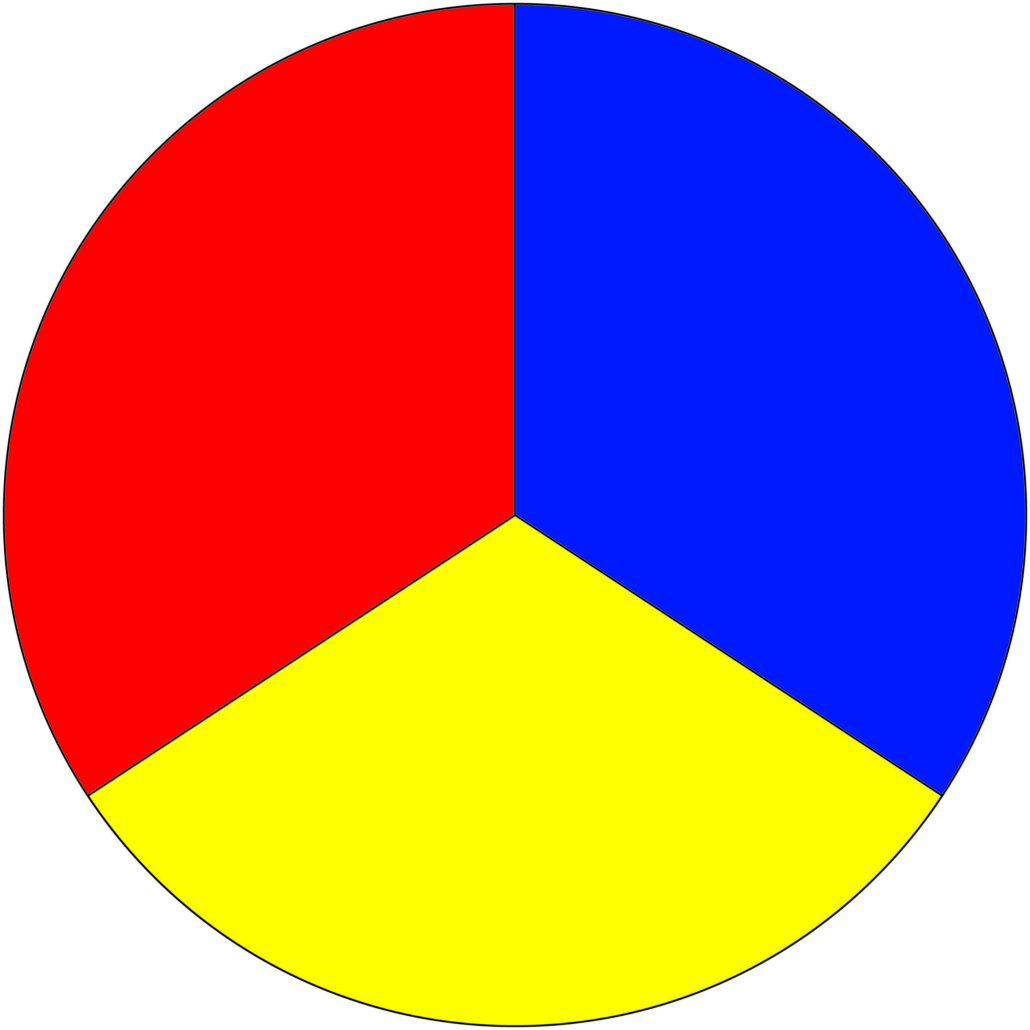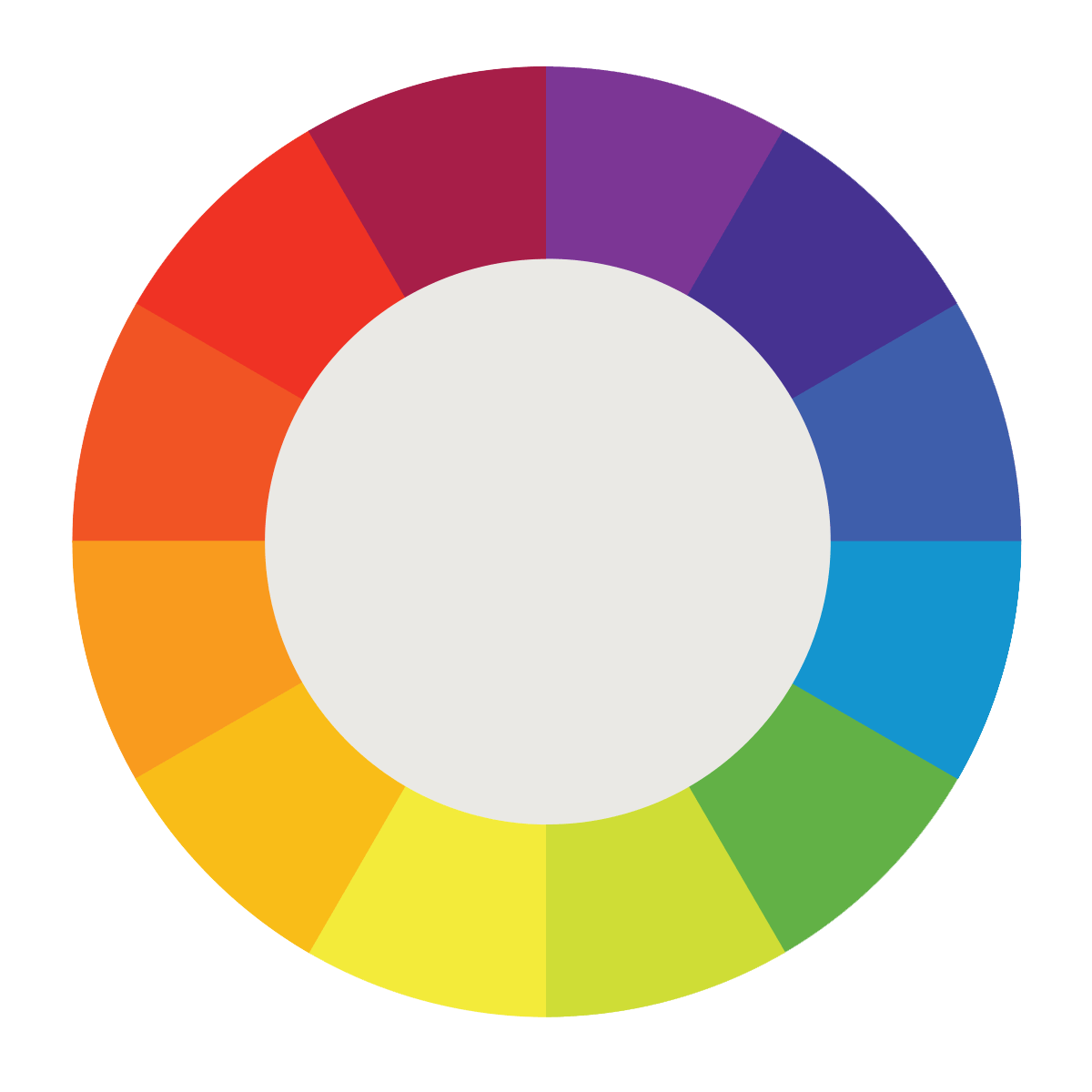

Where green and red lights overlap, they combine to produce yellow.Where blue and green lights overlap, they combine to produce cyan.Where red and blue lights overlap, they combine to produce magenta.Where two lights overlap, they are both reflected from the surface, resulting in a mixture of those two colors.

Where any one light reaches the surface, it is reflected back from the surface. Diagram A illustrates the result of projecting red, green and blue lights onto a white surface in overlapping fashion. So what does light have to do with primary colors? Actually, everything! Colors of pigment are produced by reflecting and absorbing certain wavelengths of light.Ī primary color of pigment is a color that reflects equal parts of any two of the (primary) colors of light (red, green and blue). These colors are used to project images in television screens, computer monitors, and anything that transmits light from a light source.īut, as artists, we are using pigments (paints, inks, dyes, etc.), not light. Red, green and blue are called the primary colors of light. An equal mixture of these wavelengths produces pure, white light.The middle range wavelengths produce green light.


Knowing your primary colors is the first step to achieving proper color mixing.Ĭolor is actually a component of light. Primary means “first”, and primary colors are therefore the first colors you need in order to mix a variety of other colors. How to control color values so that your pictures don’t look too flat.How to mix colors to that you can get exactly what you want.When you work with color, two of the most important things to learn are:


 0 kommentar(er)
0 kommentar(er)
